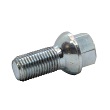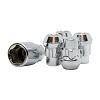Car prices to rise in 2025! Safer, but up to 15% more expensive
The year 2025 brings a number of changes to the automotive industry that will directly impact the prices of new vehicles. It is estimated that car prices in 2025 could increase by up to 15% compared to 2024. This significant increase is due to several key factors: tightening environmental regulations, the implementation of advanced safety technologies, and rising production costs. On the one hand, the new 2025 automotive regulations force manufacturers to implement costly solutions, while on the other, consumers can expect more technologically advanced vehicles. In this article, we will discuss which regulations will influence car price increases in 2025, which technologies increase vehicle production costs, and which car segments will be most affected by these changes. We will also examine when it's worth considering buying a new car and whether changing trends will benefit drivers.
Contents:
- Why Will Car Prices Rise? An Analysis of the Reasons for Price Increases in 2025
- How do new safety systems affect car prices?
- How do environmental regulations affect the cost of car production?
- Do more expensive cars mean better solutions for drivers?
- Which car segments will become more expensive?
- Will price increases affect the used car market and how?
- When is the best time to buy a new car?
Why Will Car Prices Rise? An Analysis of the Reasons for Price Increases in 2025
Car price increases in 2025 are the result of many interdependent factors, but the primary cause is the growing requirements for reducing exhaust emissions . EU regulations and car prices have been a topic that has been influencing manufacturers' decisions for several years. To meet these stricter standards, manufacturers must invest in modern technologies such as particulate filters, nitrogen oxide reduction systems, and more efficient drives.
The second key factor driving up car prices is safety innovation. New regulations require vehicles to be equipped with driver assistance systems such as automatic emergency braking, pedestrian recognition systems, and vehicle surroundings monitoring. Implementing these technologies translates into higher production costs, which translates into higher car prices.
Rising inflation and higher material costs are also a factor. Modern vehicles, including electric and hybrid models, require advanced components such as lithium-ion batteries and efficient drivetrains. As a result, even compact and budget models are becoming more expensive to produce and purchase.
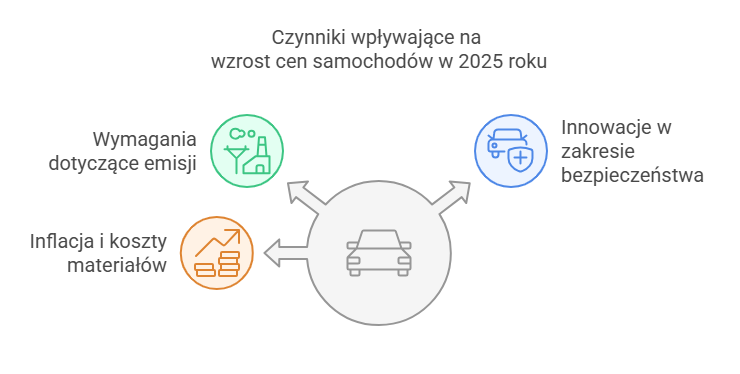
How do new safety systems affect car prices?
Modern safety technologies play a key role in driving up the cost of new vehicles. Manufacturers must adapt their vehicles to market and regulatory requirements, which means integrating features such as advanced driving assistance systems (ADAS), blind-spot monitoring, and even semi-autonomous driving features.
An example is TPMS sensors , which monitor tire pressure and warn the driver of irregularities. Although their cost seems modest compared to other systems, their mandatory use in new vehicles generates additional costs for manufacturers. Meanwhile, automatic emergency braking systems, which analyze the surroundings using radar and cameras, significantly increase production costs while also improving road safety.
How do environmental regulations affect the cost of car production?
New environmental regulations introduced by the European Union have a significant impact on car prices in 2025. The 2025 automotive regulations force manufacturers to use more advanced technologies to meet stringent CO₂ emission standards and reduce the environmental impact of motoring. This means that vehicles entering the market must be more efficient and eco-friendly.
One of the main areas that has contributed to the increase in car prices is the introduction of more stringent standards for exhaust systems in combustion vehicles. Manufacturers are forced to invest in modern technologies, including diesel particulate filters (DPF) and selective catalytic reduction (SCR) systems, which reduce harmful emissions. The requirement to install them is one of the factors driving car price increases, which are felt across the entire automotive segment.
Moreover, the dynamic development of hybrid and electric vehicles requires the use of advanced batteries, which are among the most expensive components of modern vehicles. EU regulations and car prices are directly linked, as manufacturers must adapt to the requirements of producing more eco-friendly models. In the case of new electric cars by 2025, the need to develop more efficient batteries and build charging infrastructure significantly increases costs, which are ultimately passed on to consumers.
We also can't forget about the rising costs of raw materials such as lithium, cobalt, and nickel, which are essential for producing batteries in electric vehicles. These raw materials, while crucial for reducing CO₂ emissions, are becoming increasingly expensive, which corresponds to the impact of new regulations on car prices. As a result, drivers wondering whether car prices will rise must prepare for higher expenses related to purchasing eco-friendly vehicles.
Do more expensive cars mean better solutions for drivers?
Higher car prices in 2025 are not solely the result of inflation or rising production costs. The introduction of new vehicle technologies is associated with improved comfort, safety, and performance, and these are important arguments for higher purchase costs. Car price increases are primarily due to investments in driver assistance systems, such as advanced autonomous systems, intelligent sensors, and solutions that improve fuel efficiency.
Manufacturers are increasingly focusing on optimizing every vehicle element —from aerodynamic design and lightweight construction materials to aluminum rims , which can significantly impact energy consumption and handling. It's this attention to detail, combined with the use of environmentally friendly materials and energy-saving technologies, that allows them to create vehicles that combine high performance with reasonable operating costs.
Despite rising costs, drivers can expect a better driving experience. Advanced multimedia systems, connectivity, and modern safety features make cars more functional and user-friendly. As a result, while car prices are rising, consumers are receiving vehicles equipped with technologies that were reserved exclusively for the premium segment just a few years ago.
| Why will cars become more expensive in 2025? | Description |
|---|---|
| Environmental regulations | Tightening CO₂ emission standards force manufacturers to invest in ecological solutions. |
| Advanced technologies | Modern safety systems and autonomous functions increase production costs. |
| Rising material costs | Increase in prices of raw materials used in the production of cars and batteries. |
| Electromobility | The increased popularity of electric cars requires expensive batteries and modern drives. |
| Inflation and logistics costs | Higher labor and transportation costs globally impact final vehicle prices. |
Which car segments will become more expensive?
Consumers are no longer wondering whether car prices will rise, but which ones will be the most expensive. Price increases in 2025 will not be uniform across the automotive industry. The largest car price increases are expected in the premium segment , where manufacturers are investing in the most advanced technologies. Luxury SUV, sports models, and flagship sedans will be equipped with autonomous driving systems, advanced hybrid drives, and premium interior finishes. The introduction of these technologies will significantly impact car prices in 2025, particularly in the most expensive and luxurious segments.
Compact city cars will also feel the effects of the new regulations , as the link between EU regulations and car prices comes into play again. Manufacturers are forced to introduce advanced safety systems and emission-reducing technologies even in entry-level models. As a result, these vehicles become more expensive, which will primarily burden consumers seeking economical solutions.
The electric and hybrid segment will be the next to see price increases. The production costs of advanced batteries, charging systems, and infrastructure increase the final value of these vehicles. While electric vehicles offer lower operating costs, the initial outlay is higher.
Will price increases affect the used car market and how?
Rising car prices on the primary market in 2025 could contribute to increased interest in used cars. Consumers who cannot afford a new vehicle are increasingly turning to the used car market, leading to an increase in demand and the value of pre-owned cars. The impact of new regulations on car prices also affects used vehicles, as the number of cheaper alternatives is decreasing.
Hybrid and electric cars entering the aftermarket may also gain popularity as a result of the growing interest in eco-friendly solutions. This situation is also influenced by the 2025 automotive regulations, which increase the operating costs of internal combustion vehicles, making hybrids and electric cars more attractive options.
At the same time, the used car market is seeing increased interest in models with fewer advanced systems. Older cars that lack mandatory technologies are becoming an alternative for those seeking more affordable solutions. However, consumers must remember that such vehicles must be adapted to new standards, as this could negatively impact their long-term appeal.
When is the best time to buy a new car?
Experts suggest that the best time to buy a vehicle is before the new regulations come into effect . Models manufactured to earlier standards are still available at that time, and they may be cheaper and just as functional.
At the same time, consumers who can wait for car launches in 2025 have the opportunity to purchase vehicles equipped with the latest technologies. Investing in modern cars, while more expensive, offers better performance, greater safety, and lower operating costs in the long term. This is especially important given the growing popularity of electric and hybrid vehicles, which address environmental challenges.
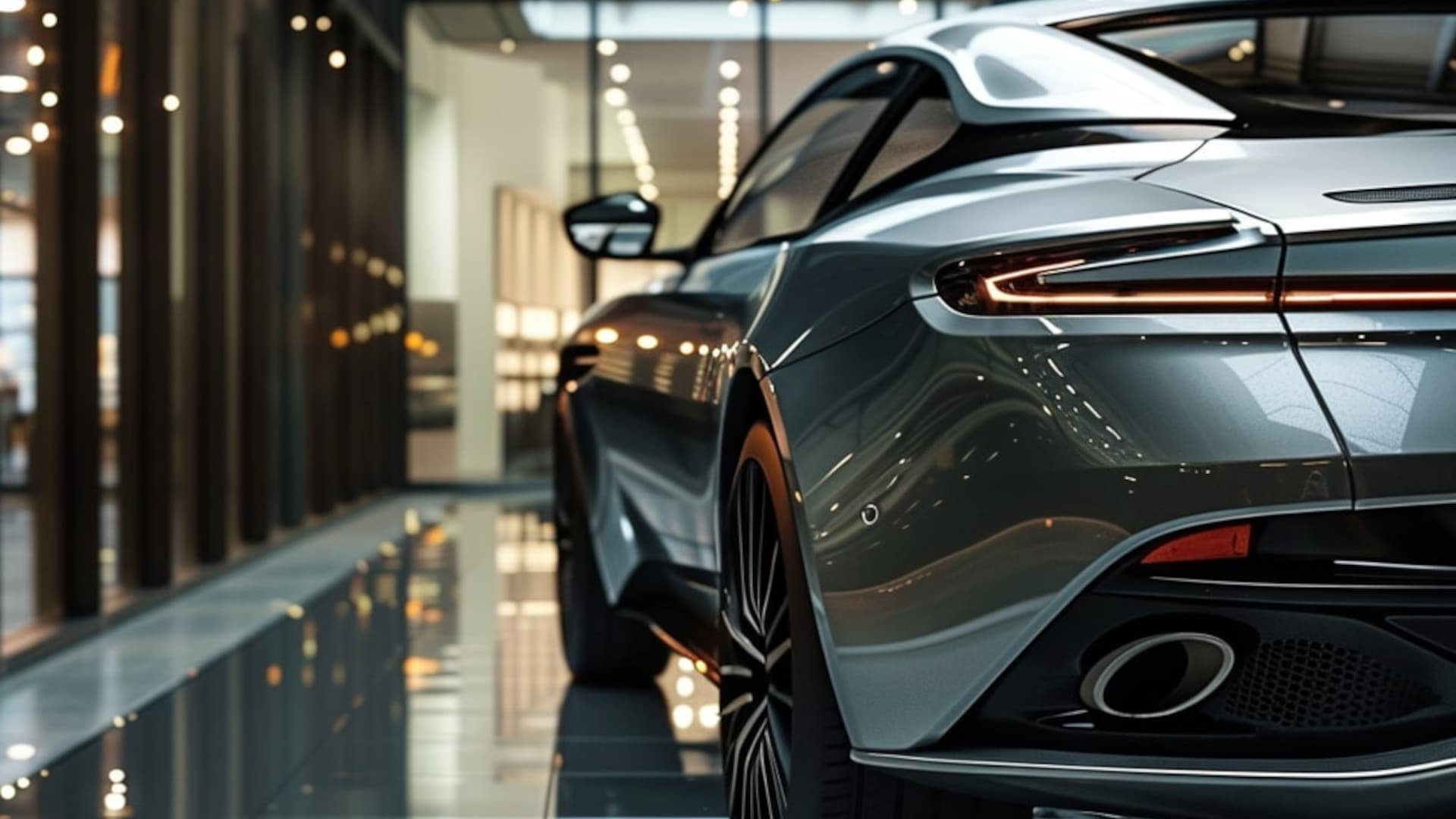
In summary, car prices will increase by approximately 15% in 2025 due to new regulations, the introduction of advanced safety systems, and eco-friendly drivetrains. Consumers must expect higher expenses, but they can also benefit from more innovative and environmentally friendly vehicles. The choice between new models and the used market depends on individual preferences and financial possibilities.
Recommended

4x rims 19 5x114,3 for TOYOTA Auris Avensis Camry CH-R Corolla Yaris Cross - L2321

4x rims 17 for VW VOLKSWAGEN T5 T6 Transporter California Caravelle Multivan - A5377

4x rims 15 for DACIA Dokker Jogger Lodgy Logan RENAULT Captur Clio Megane ZOE - B1110


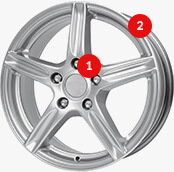

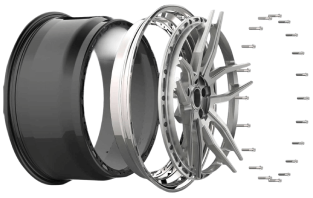
 Modern design
Modern design Perfect fit
Perfect fit High durability
High durability Free shipping within 24 hours
Free shipping within 24 hours
 Individual project
Individual project Dedicated caregiver
Dedicated caregiver

